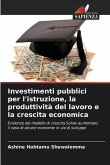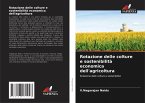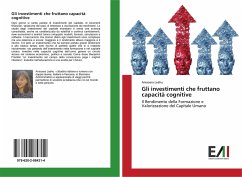During the last two decades, Italy has lagged behind in production and productivity growth with respect to other rich countries. This seems to be in contrast with its notable elements of wealth and convergence predictions of modern growth theories. This work aims at identifying critical features of this puzzling case in a variant version of Solow's growth accounting where "true" index numbers derived from Afriat's approach allow for scale (dis)economies, (mis)allocation effects as well as technical (in)efficiency. The empirical results suggest that the relatively high technical and allocative inefficiencies in the Italian production system may be alleviated by eliminating the chronic vicious circle between underinvestment in human capital and depressingly low premiums in high-skilled labour rewards.
Bitte wählen Sie Ihr Anliegen aus.
Rechnungen
Retourenschein anfordern
Bestellstatus
Storno








